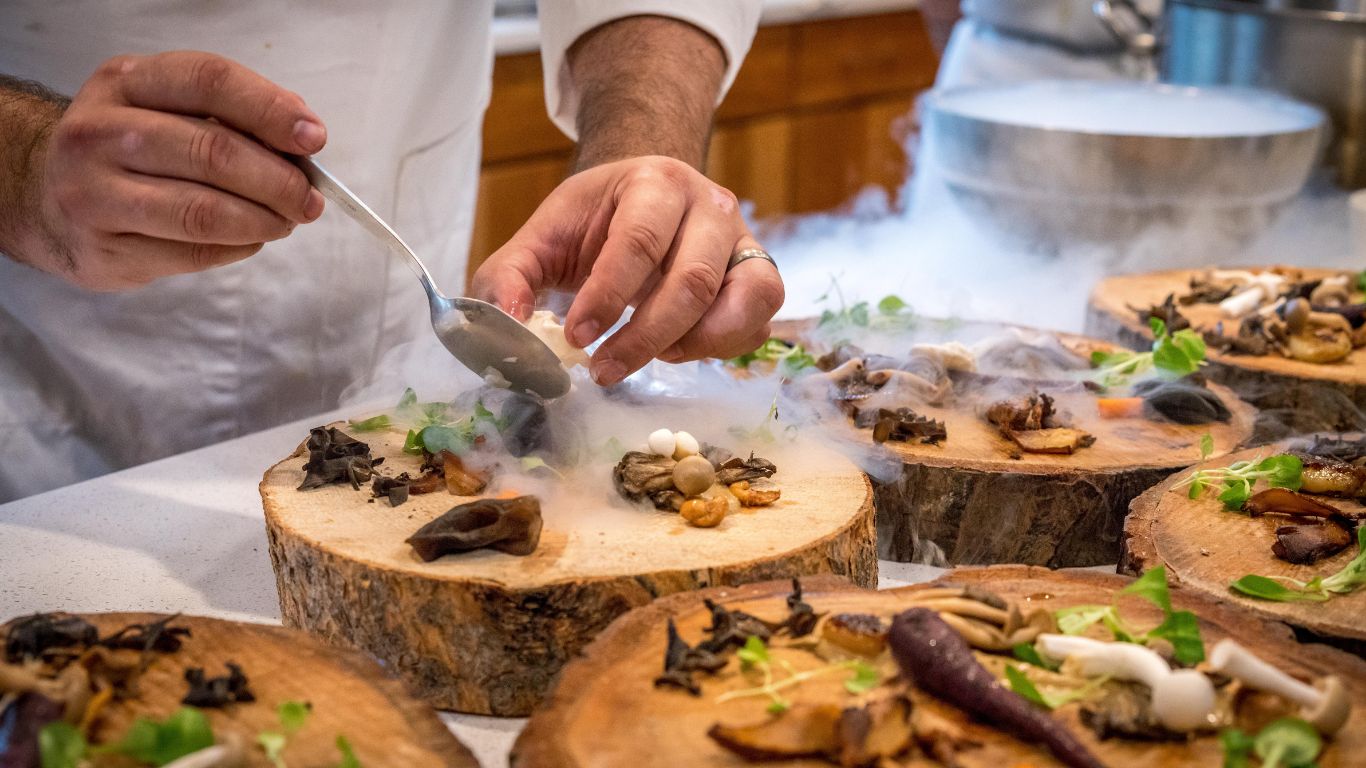The food and beverage department is a vital component of the hospitality and service industries, encompassing a wide range of activities and responsibilities. From menu planning to customer service, this department plays a crucial role in ensuring that guests have a memorable dining experience. In this comprehensive guide, we will delve into the various aspects of the food and beverage department, exploring its structure, functions, challenges, and trends. Whether you’re a hospitality professional, a business owner, or simply curious about this field, this article will provide you with a wealth of information.
What is the Food and Beverage Department?
The food and beverage department encompasses all aspects related to the preparation, presentation, and service of food and drinks in various establishments, including hotels, restaurants, catering companies, and event venues. This department is responsible for creating an enjoyable dining experience for guests, which includes everything from food quality and service to ambiance and presentation.
Key Functions of the Food and Beverage Department
The food and beverage department comprises several key functions that contribute to its overall success:
1. Menu Planning and Development
Creating a diverse and appealing menu is crucial for attracting customers. This involves researching food trends, seasonal ingredients, and dietary restrictions to develop dishes that cater to a wide audience.
2. Procurement and Inventory Management
Effective procurement strategies ensure that the department has high-quality ingredients while managing costs. This includes establishing relationships with suppliers, negotiating contracts, and maintaining inventory levels.
3. Food Preparation and Presentation
The quality of food preparation and presentation is paramount. The kitchen staff must adhere to food safety standards while also ensuring that dishes are visually appealing and flavorful.
4. Customer Service
Exceptional customer service is vital in the food and beverage industry. Staff must be trained to provide friendly and efficient service, handling customer inquiries and complaints professionally.
5. Cost Control and Financial Management
The food and beverage department must manage its budget effectively. This includes tracking expenses, managing labor costs, and implementing pricing strategies to maintain profitability.
6. Marketing and Promotions
Promoting the food and beverage offerings is essential for driving sales. This includes utilizing social media, loyalty programs, and special events to attract and retain customers.
Organizational Structure of the Food and Beverage Department
Understanding the organizational structure of the food and beverage department is crucial for efficient operations. Typically, this department includes the following roles:
1. Food and Beverage Manager
The food and beverage manager oversees all operations within the department. This includes managing staff, budgeting, and ensuring that service standards are met.
2. Executive Chef
The executive chef is responsible for menu creation, kitchen operations, and staff management. They ensure that the culinary team produces high-quality dishes consistently.
3. Sous Chef
The sous chef assists the executive chef in managing kitchen operations, supervising staff, and ensuring food quality. They often step in during the executive chef’s absence.
4. Restaurant Manager
The restaurant manager oversees the dining area, ensuring that guests receive excellent service. They are responsible for staff training, reservations, and addressing customer concerns.
5. Bartender
The bartender is responsible for preparing and serving alcoholic and non-alcoholic beverages. They must have knowledge of drink recipes and provide excellent customer service.
6. Waitstaff
Waitstaff plays a crucial role in customer service, taking orders, serving food and drinks, and ensuring guest satisfaction.
7. Host/Hostess
The host or hostess greets guests, manages reservations, and ensures a smooth dining experience from the moment customers arrive.
Menu Planning and Development
Importance of Menu Planning
Menu planning is a critical aspect of the food and beverage department. A well-designed menu can influence customer choices, drive sales, and enhance the overall dining experience.
Steps in Menu Development
- Market Research: Analyze customer preferences, local trends, and competitor offerings.
- Concept Development: Define the theme and style of the menu based on target demographics.
- Recipe Testing: Experiment with recipes to ensure quality and consistency.
- Costing: Calculate food costs to determine pricing and profitability.
- Menu Design: Create an appealing layout that highlights signature dishes.
Seasonal Menu Planning
Incorporating seasonal ingredients can enhance the menu’s appeal and freshness. It allows chefs to utilize locally sourced produce, supporting local farmers and reducing costs.
Food and Beverage Cost Control
Understanding Food Cost
Food cost is a crucial aspect of the food and beverage department’s financial health. It refers to the total cost of ingredients used to prepare menu items.
Techniques for Cost Control
- Inventory Management: Regularly track inventory levels to minimize waste and overstock.
- Portion Control: Standardize portion sizes to ensure consistency and control costs.
- Menu Engineering: Analyze the profitability of menu items to optimize offerings.
- Supplier Relationships: Negotiate favorable terms with suppliers for better pricing.
Marketing Strategies for Food and Beverage
Importance of Marketing
Effective marketing strategies are essential for attracting customers to the food and beverage department. In a competitive landscape, establishing a strong brand presence is key.
Strategies for Promotion
- Social Media Marketing: Utilize platforms like Instagram and Facebook to showcase menu items and engage with customers.
- Email Marketing: Send newsletters to inform customers about special promotions and events.
- Loyalty Programs: Implement loyalty programs to encourage repeat visits and customer retention.
- Collaborations: Partner with local businesses for cross-promotional opportunities.
Importance of Branding
A strong brand identity helps distinguish the food and beverage department from competitors. This includes consistent messaging, logo design, and customer experience.
Challenges Faced by the Food and Beverage Department
High Competition
The food and beverage industry is highly competitive, requiring constant innovation and adaptation to stay relevant.
Labor Shortages
Many establishments face difficulties in hiring and retaining skilled staff, impacting service quality and operational efficiency.
Changing Consumer Preferences
As dietary trends evolve, the food and beverage department must adapt its offerings to meet customer expectations, including vegan, gluten-free, and organic options.
Regulatory Compliance
Compliance with health and safety regulations is essential. Establishments must stay informed about local laws and regulations to avoid penalties.
Emerging Trends in Food and Beverage
Sustainability
Sustainability is becoming a critical focus in the food and beverage industry. Consumers increasingly seek environmentally friendly practices, such as sourcing local ingredients and reducing food waste.
Plant-Based Options
The demand for plant-based options continues to rise, with many establishments expanding their menus to include vegetarian and vegan dishes.
Technology Integration
Technology is playing an increasingly important role in the food and beverage department. From online reservations to digital menus, adopting technology can enhance customer experience and streamline operations.
Health and Wellness
Health-conscious consumers are prioritizing nutritious options. The food and beverage department can respond by offering healthier menu items and transparent ingredient sourcing.
Conclusion
The food and beverage department is a dynamic and multifaceted area within the hospitality industry. Understanding its functions, challenges, and trends is crucial for success. By focusing on menu planning, cost control, marketing, and customer service, businesses can create exceptional dining experiences that attract and retain customers. As the industry continues to evolve, staying informed about emerging trends and consumer preferences will be key to thriving in this competitive landscape.




